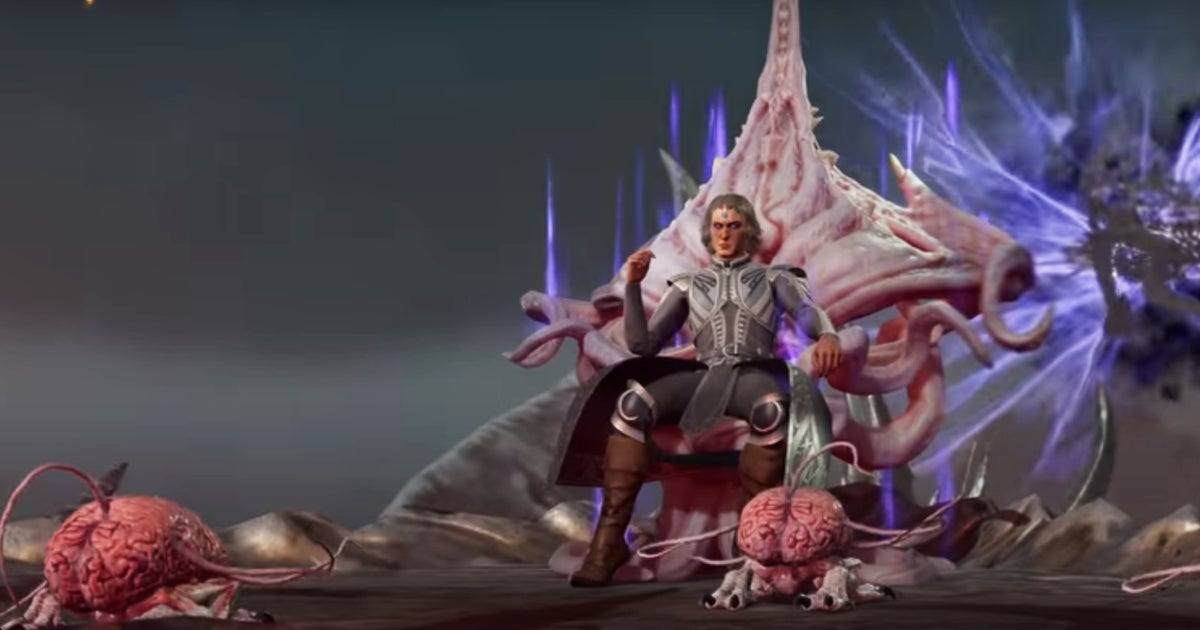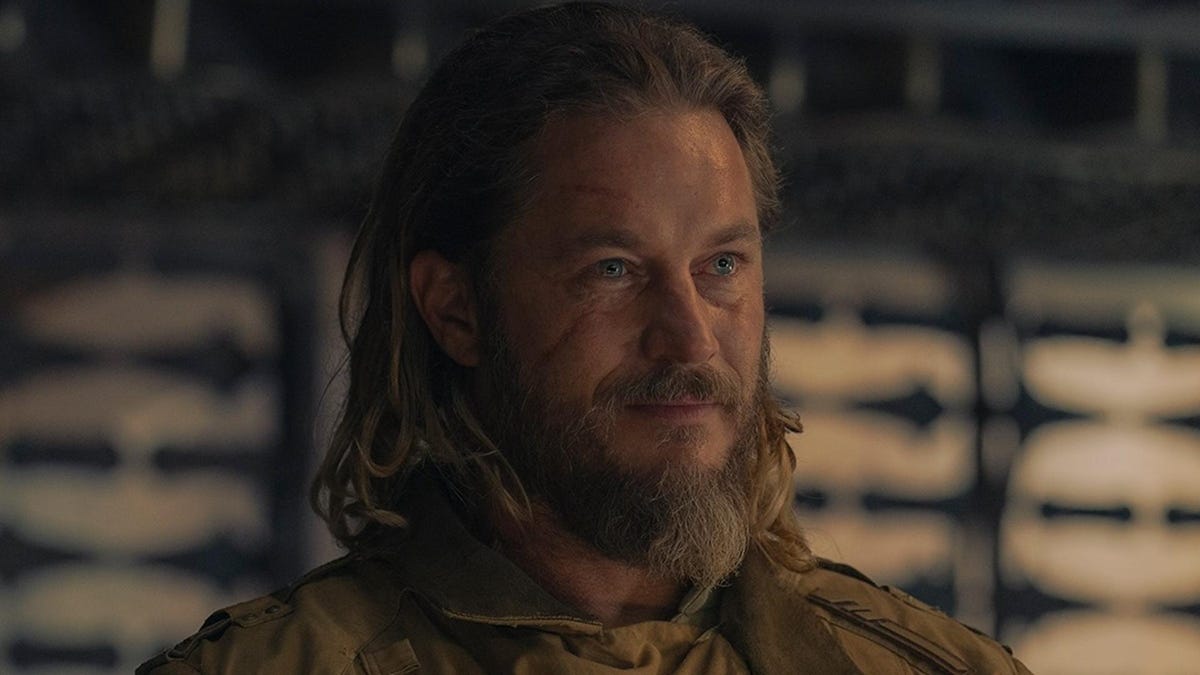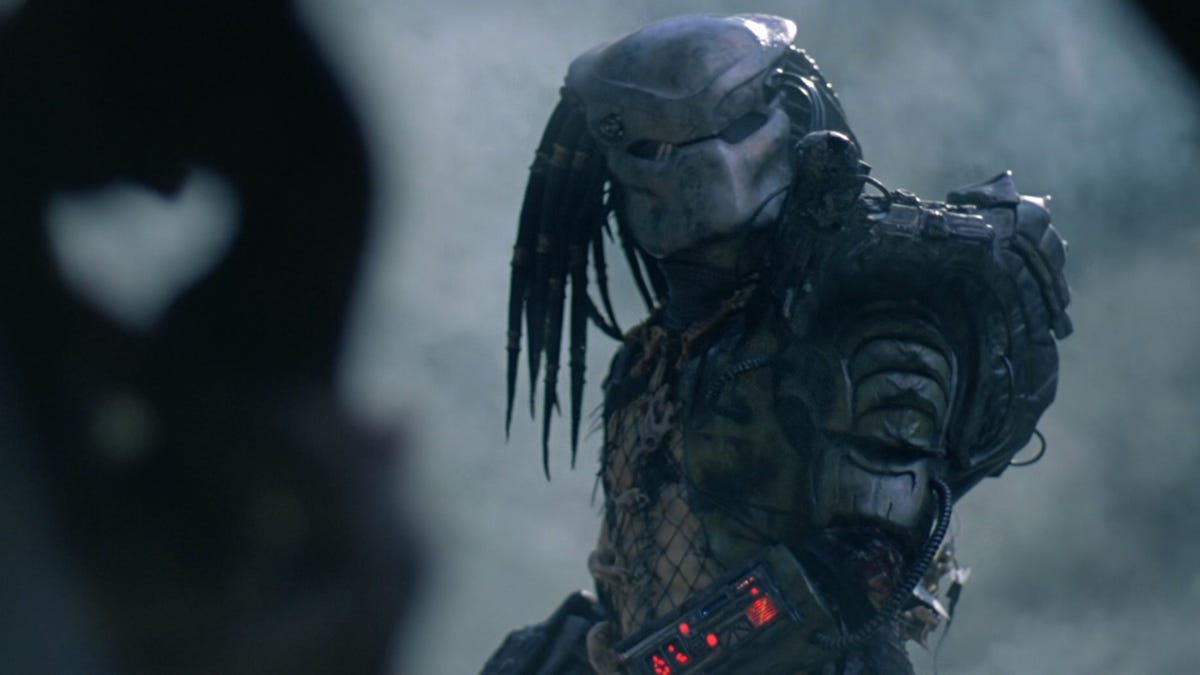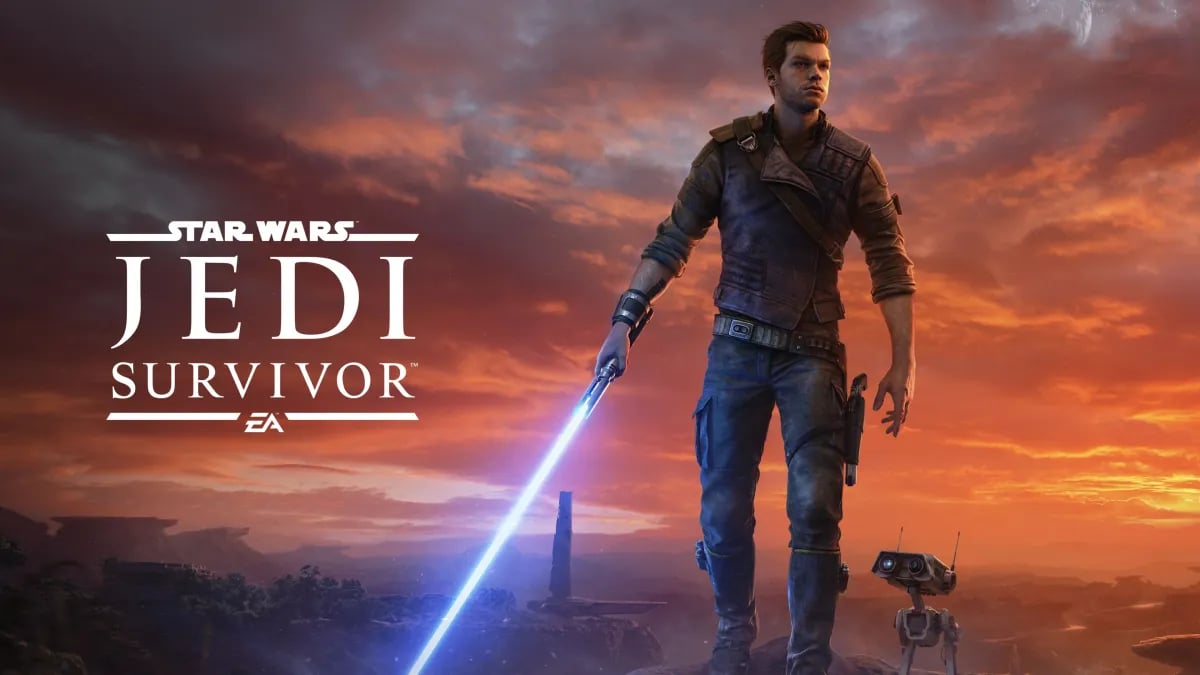It all started when the Earth was hit by an ice age in the late 1800s and humanity tried to find different ways to survive this catastrophe. Thanks to large coal-fired power plants, humans were able to build one final city and delay the demise of our species. It’s been 30 years since the Earth froze over and as the new mayor, the fate of humanity is in your hands. I was a little surprised to find that the large city you’re in charge of is the one we built in the first game. As mayor, it’s your job to make sure it survives and continues to thrive. It’s hard to miss how seamlessly the story of the first Frostpunk matches up with the sequel.
Almost all of Frostpunk 2’s gameplay elements are designed for a large city, one example being the districts. Now you rarely build individual buildings, but create zones. It’s a bit reminiscent of the look of Cities: Skylines and SimCity 4. However, nothing is free, everything has a price. It will be your job as mayor to balance the needs of residents with what you have available. Residents need fuel to heat themselves, houses to live in, and food to feed themselves. And your supply of labor is not infinite, so you have to prioritize what employees will do and when. I noticed early on that this forces me to constantly plan for the future.
Although construction takes up a little less space than in its predecessor, it is at least as important in this sequel. You must always make sure that residents are warm, have food and a place to live. If you fail, the various factions in the city will remind you of your failures. To keep these groups happy, you must pass laws, negotiate and make sure everyone accepts your leadership. You can easily destroy the city if you don’t get involved in the political power game. The groups are very diverse and often demand something in return for their support. If you push for a new law, you may have to prioritize finding a technical solution for a specific group. This could hurt you, as the cost of research was needed for something else.
Advertising:
Almost every technology in the large tech tree offers variations of the same invention. Factions usually have their own variant of the technology you are researching, so you also have to think about which variant is better to choose from the point of view of need and political support. It is easy to see which group likes which proposal, so you have to choose carefully. The idea you support can have consequences later in the campaign. Because you can see that people are present in all your decisions, good or bad. The city you have to equip is not only a soulless place where you are god, but your decisions also have tangible consequences for the future of the residents. This is something I really like.
Your decisions will not only affect which groups and political parties emerge, but also who will live or die. Decisions about laws, exploring the campaign map, and events in the city can determine how many stay alive. When you reach this point in the campaign, Frostpunk 2 is at its best. Because when the city is torn apart by internal conflict, you have more tasks than you can handle and resources become scarce. This is also when you are more involved in the experience. This happens at different rates depending on the difficulty level. I found that the first three difficulty levels offer a good balance without making the campaign too easy. The two most difficult adjustments are for those of you who have a lot of experience with the second and first. In these situations, you must make no more than occasional mistakes before the city collapses. Of all the features the title offers, I particularly liked the construction.
I quickly fell in love with a new feature called colonies. They look like the city you built in the predecessor. These smaller communities are there to create trade routes between different products and your capital. They help you ensure that humanity survives another day in the cold. In my opinion, it’s a natural evolution of the concept. Even if you expand your major city, it will need more resources than you can provide in the immediate area. Then you’ll have to go on expeditions and establish colonies. All of this happens without overwhelming you with tasks. And it’s a smooth and lag-free zooming in and out between colonies, the campaign map, and your capital.
Advertising:
Technically it’s very good. The textures and effects look fantastic. I also like how well the snow is done and how the camera freezes around the edges. One minor criticism is that the interface can be a bit spotty at times. If you have to do a lot of things at once, you might end up with too many icons on the screen at once. I also noticed that on the highest settings it’s a bit slow to move the camera. As for the audio, everything sounds spectacular, the ice crunches, the voice acting is impressive and the music is good. Little touches like bells ringing and a voice announcing that laws have been passed help bring the world to life. My criticism of the audio is that many of the characters in the world lack voice acting. It’s a shame considering how good it is in the scenes.
If you liked Frostpunk, I think you’ll like Frostpunk 2. It’s a bigger, grander sequel. I also like that humans have been given a bigger presence in the narrative, which helps make the city more organic and alive. There are few indie projects that convey such a story about humanity and survival as this one does. Plus, it’s a story about being human and not always understanding yourself. When my first game ended in disaster, I thought of the Tower of Babel. In their eagerness to become owners of the land, everyone started hating each other. The dream was torn apart from within, and the whole experiment ended with the city collapsing. I learned from that and tried to warm humanity back up. I think you should too, because it’s worth your time.










